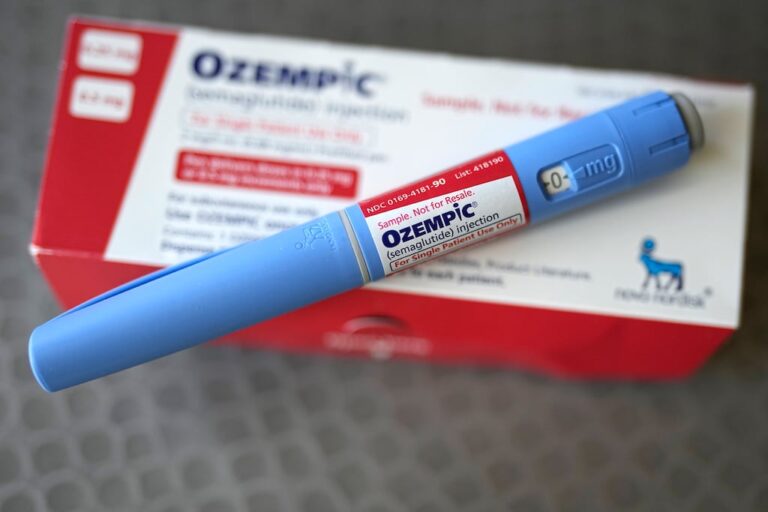PROVIDENCE – Spending on GLP-1s, the pricey drugs used to treat diabetes and obesity, including Ozempic and Wegovy, nearly tripled in Rhode Island between 2021 and 2023, amid the rapid uptake in the popular medications, a new state report found.
The increasing demand was a key driver of an overall 7.8 percent increase in the state’s health care spending in 2023 – growth that exceeded the state’s own 6 percent cost growth target, according to the 2025 “Health Care Spending and Quality in Rhode Island” report, published Monday by the state Health Insurance Commissioner Cory King.
The annual report “analyzes health care spending, quality, and equity performance, and includes updated recommendations to improve system oversight and affordability,“ officials said.
The latest iteration arrives as Americans have, at rapid pace, turned to GLP-1s to lose weight in recent years.
Data from the health analytics firm, Real Chemistry, showed between 2023 and 2024, Rhode Island saw the second largest increase in the nation for use of the drugs and the largest increase for any state in Medicaid spending on GLP-1s – a nearly 800 percent increase year over year.
“It is no surprise that GLP-1s have the potential to appeal to many Rhode Island residents, as nearly one in three residents was obese in 2023,” states the Office of the Health Insurance Commissioner’s “2025 Chartbook,” which accompanies the report.
While the medications have provided benefits to counteract obesity and related health complications, the drugs come at a premium: Many have list prices of $1,000 or more a month.
“Due to high prices and increasing utilization, GLP-1 drugs have quickly become a leading source of retail pharmacy spending,” the report states. “Because they are a long-term maintenance medication, and their use is expanding, they will be a major source of spending growth for years to come – even before accounting for price increases.”
According to the report, retail pharmacy spending in the state would have grown by only 3.8 percent if not for GLP-1 medications, instead of 7.9 percent. The analysis, which relies on data from Medicare, Medicaid, and the state’s largest commercial insurance providers, showed spending on GLP-1s topped $63 million in 2023 – a drastic rise since 2021, when spending hit $22.6 million.
What’s behind the meteoric rise of weight-loss drugs in Massachusetts?
Collectively, across the three years, the state spent $121.4 million on those drugs alone.
“A small number of GLP-1 medications made up a significant amount of spending, underscoring their extremely high price points,” the report states.
“The impact of these medications on retail pharmacy spending is even more pronounced considering that patients typically use them for the long-term,” the report states. “The annual cost of Trulicity, for example, is over $10,000, according to these data.”
The report concluded GLP-1s are “not cost-effective at their current prices, and are largely unavailable to people with lower incomes.”
“It is important for Rhode Islanders to get the care and medications they need to live the healthiest lives possible, but at prices that are not burdensome and a deterrent to access,” the report states.
Overall, the report found hospital and drug costs were the primary expenses that bumped up health care spending in the Ocean State, which rose across all major insurance markets. Spending per person hit $6,735 in the commercial market, a 6.9 percent increase from 2022; $14,000 in Medicare, a 8.7 percent increase; and $7,678 in Medicaid, up 6.7 percent.
Other findings from the report include a sharp increase in per-person hospital spending, as outpatient hospital costs in the commercial market jumped 11.3 percent to $1,801 per person from $1,618, an increase “driven by increasing prices and utilization.” The report also found ”hospital settings continue to drive higher costs for the same services” provided in non-hospital settings.
“This year’s report shows that we must keep pushing for smarter solutions,” Governor Dan McKee said in a statement. “That’s why my administration has taken action to strengthen primary care and reduce unnecessary costs — and why my FY 2026 budget continues to prioritize investments that improve access, affordability, and quality.”




Comment count: